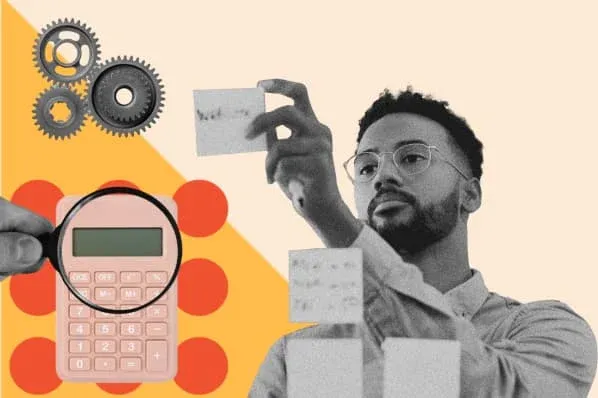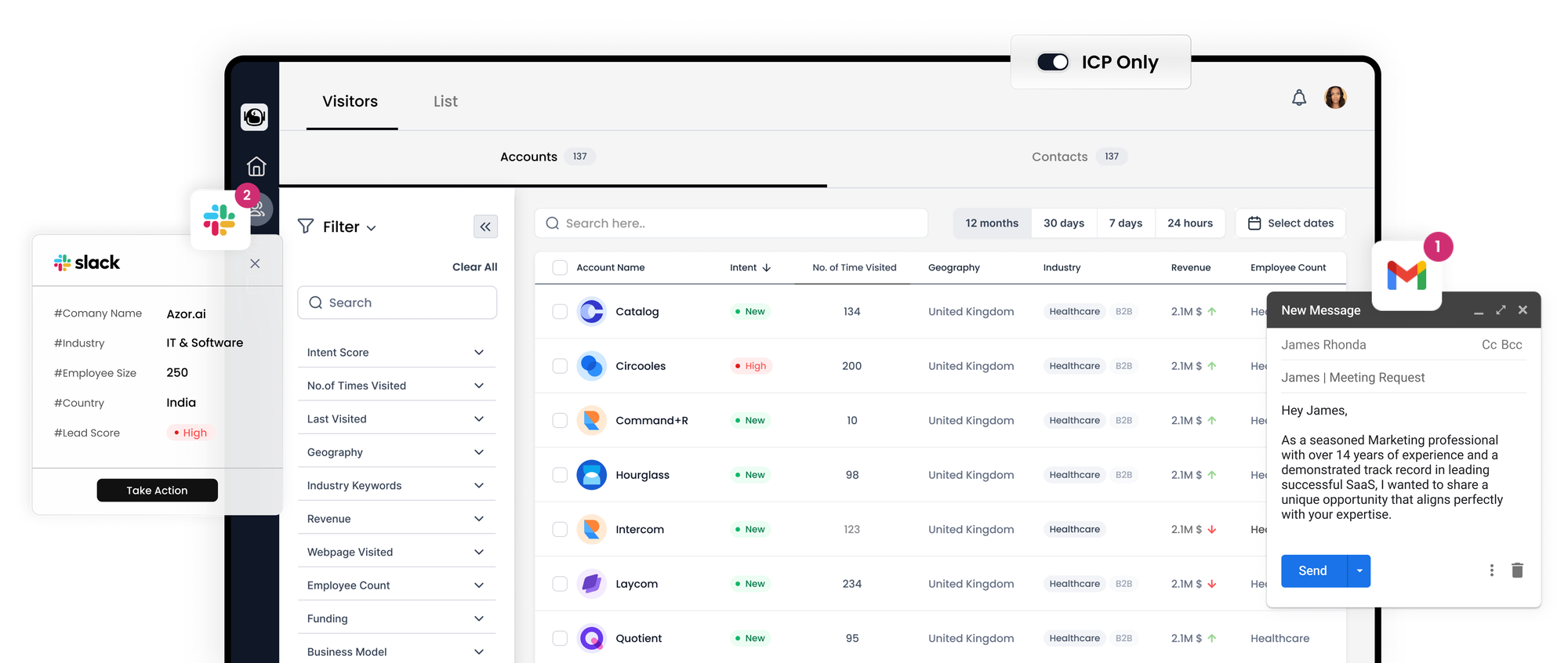Six Essential B2B Marketing Automations for 2023

What Are B2B Marketing Automations?
B2B marketing automations are systems that activate specific marketing activities based on pre-set criteria. For example, a tool might automatically dispatch a welcome email once a user registers for an account. These automations streamline repetitive tasks such as email distribution and ad triggering, boosting sales productivity by enhancing lead management efficiency.

To execute B2B marketing automations, the following steps are crucial:
- Define and monitor trigger events like account sign-ups.
- Design marketing workflows and corresponding content for each trigger event, which can be further tailored by audience segmentation.
- Implement these workflows and content through marketing automation software and a data platform.
Why Automation Is Vital in 2023
As cookie-based advertising wanes in importance, first-party data becomes crucial in marketing strategies for 2023. Marketers are tasked with sourcing, analyzing, and leveraging this data to target audiences, engage customers, and increase profits.
Automation can streamline many related processes. Customer data platforms (CDPs) and cloud-based CRMs can automate the collection and validation of multi-channel data and the creation of unified customer profiles. Through app integrations, CDPs and CRMs enable automated workflows that span multiple marketing tools and channels.
In an era of heightened customer demand for personalization, automation facilitates these tailored experiences on a large scale. Specific rules within workflows allow marketers to execute strategies personalized for diverse customer segments or individual needs.
Six B2B Marketing Automation Examples
1. Audience Segmentation
Automate the division of your audience based on shared characteristics to create personalized campaigns that address each segment's objectives and conversion potential. Link your CDP to marketing tools to avoid duplicating segmentation criteria across different platforms.
2. Cross-Channel Attribution
To acknowledge various touchpoints a customer interacts with before conversion, use a tool that can assign value to these interactions across multiple channels. Multi-touch attribution models are recommended for a comprehensive view.
3. Customer Data Unification
Combine information from all customer interactions to create a complete customer journey profile. This might involve recognizing a customer's online and in-store activities to build a single customer view.
4. Lead Qualification and Nurturing
Evaluate leads based on their likelihood to purchase. Automate lead scoring and nurture qualified leads by providing tailored content recommendations to advance them through the sales funnel.
5. On-Page Event Tracking
Monitor user interactions with your product, app, or website to understand user behavior. Automate the tracking of key on-page events, such as video views or form completions, to improve user experience and communication relevance.
6. Live Chat
Implement live chat for immediate customer interaction needs. Use tools to trigger automated chat messages based on user behavior or search queries, offering real-time assistance and improving customer engagement.
By leveraging these automations, B2B companies can significantly enhance marketing efficiency, personalize customer interactions, and adapt to the evolving digital landscape of 2023.
